Twenty-five presentations, 76 posters, 400-plus individual judging assignments—Design Expo judges have their work cut out for them. They enjoy every minute of it.
Design Expo 2017 featured the usual awe-inspiring array of senior projects and Enterprise program exhibits that make the year-end design and engineering extravaganza one of the best shows on campus: a drone dock, wirelessly controlled robotic hand, cattle-tracking app, smart car-charging station that maximizes battery range, wireless triggers for on-stage sound effects, and a retrofitted solar-powered conversion van… and that's just Wireless Communication Enterprise (WCE).
"The breadth of projects is amazing," says Matthew Bonner, playing (friendly) devil's advocate at the WCE exhibit. "It's really fun talking to them."
This is Bonner's second year judging—and the seventh year his company, Medtronic PLC, has been a sponsor. While he's not convinced he knows what makes a good poster, he easily recognizes a product making a difference, like the Innovative Global Solution Enterprise team's low-cost mass-produced ventilator for developing countries. The group is working with a team in Ghana.
"The customer is looking at it, and they're conforming to the needs," he says. "You know they're making a difference."
Near and Far
Judges come from near and far. This year's longest-distance award goes to Indiana State University faculty members Marion Schaefer and Ahmed Mohamed, who traveled 600 miles from Terra Haute to learn more about Enterprise and other Michigan Tech programs. Longevity honors go to 1959 chemical engineering graduate Hal Seppala.
"Hal comes every year to judge as long as I can remember and this is my 11th expo," says Enterprise Program Director Rick Berkey.
Seppala says his involvement with students stems from his thankfulness for the wonderful jobs he landed with his Michigan Tech education. Before he retired from 3M he recruited for the company on campus. After, he moved back to the Copper Country, served on the Corporate Advisory Board, and worked with students on mock interviews and résumé reviews.
"Getting people to buy your product means clearly stating the benefits. I love to draw students out and see them be able to write and communicate," he says. "That is the fun part."
The principles apply to Expo.
Seppala adds that a good presentation involves a clear, readable poster and team members who are able to communicate its message; his pet peeves include small font size and unclear topical statements. His judging style: "I ask the team to first let me read what they have, and then verbally present."
Let's Talk Expertise
Many Expo judges are faculty and staff. Like first-timer Bill Roberts, who was checking out his ballroom exhibit map Thursday morning before getting started. "It's a great opportunity to engage with students," says Roberts, Michigan Tech associate vice president of advancement and engagement. "To borrow a line from President Glenn Mroz, 'When I'm on the road I talk to alumni about everything students do, and when I'm on campus, I talk to students about everything alumni do.' "
Mark Rudnicki, a professor of practice in forest biomaterials, also judged for the first time. He's on the Enterprise Board, and wants to get Michigan Tech's School of Forest Resources and Environmental Science more involved.
"It's very impressive," he says, on the way downstairs to be on time for presentations. "Some of the projects are amazing. It's hard to rate them, they're all so diverse and very good."
Corporate and industry judges bring their skills to Expo, too. In the Enterprise section of the ballroom, mechanical engineer Nishank Patel of Miller Electric Manufacturing Co. is enjoying the opportunity to chat with Supermileage Systems Enterprise. His questions aren't entirely technical. How fast does the single-seat high-efficiency vehicle go? (15-25 mph max). What's the race duration? (One of the courses 1.1-mile track lapped six times). Are most competitions in summer? (The first big race is finals week—and then there's a challenging one-month hiatus before the next). Is the joystick 3-D printed? (Yup.) What's it like inside? (The metal tube gets hot in summer. And make sure bees don't get in there with you.)
Infinity and Beyond
There are 105 students on the Aerospace Enterprise team, and plenty of work for all to prepare for the spring 2018 launch of the Oculus-ASR microsatellite from Cape Canaveral launch pad 22—not to mention two more satellites in the design phase. No posters needed. The exact-engineered to-scale Oculus and other system models, tell the mission's story.
"Everything is designed and developed by undergrad students," says team member Lukas Senczyszyn.
Communicating project deliverables to judges can be difficult for teams with multiple projects, or many phases of a single project, if the particular team member who holds that knowledge isn't present during judging. To make sure all of its members can discuss the many facets of its projects, the Aerospace team uses the communication app Slack.
Be Part of Design Expo
Although special expertise is always appreciated, judges don’t need to be technological specialists. Or graphic-design experts. If you like looking at ingenious, ambitious, unique, and just plain cool projects and interacting with the students who worked on them, you'll feel comfortable judging.
Criteria for Enterprise and Senior Capstone posters and Enterprise presentation vary slightly, but it all boils down to organization, content, delivery and how clearly students are able to describe the project, results and what it has to offer industry and consumers.
This first-time judge got oriented by observing other judges, like Michigan Tech Dean of Students Bonnie Gorman, talking to teams. Keweenaw Research Center Director Jay Meldrum also had valuable tips. The Alternative Energy Enterprise team advisor knows what judges are looking for, and how students can deliver. It's all about presentation—a combination of preparation, posters and personality.

Michigan Technological University is an R1 public research university founded in 1885 in Houghton, and is home to nearly 7,500 students from more than 60 countries around the world. Consistently ranked among the best universities in the country for return on investment, Michigan's flagship technological university offers more than 120 undergraduate and graduate degree programs in science and technology, engineering, computing, forestry, business, health professions, humanities, mathematics, social sciences, and the arts. The rural campus is situated just miles from Lake Superior in Michigan's Upper Peninsula, offering year-round opportunities for outdoor adventure.
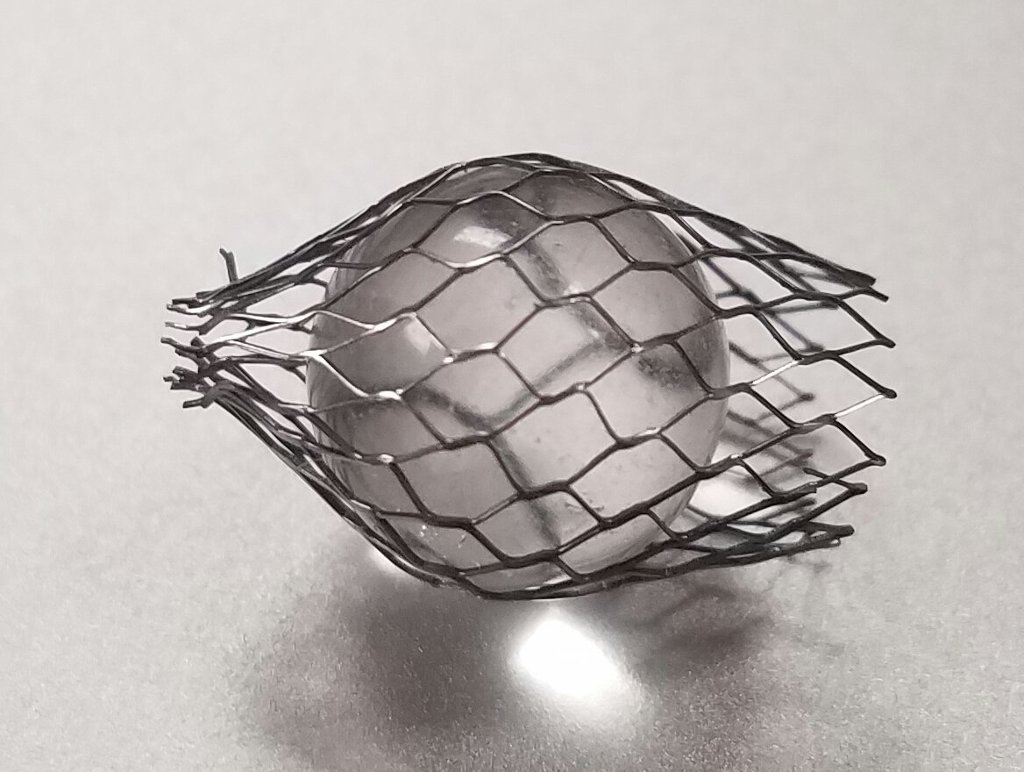



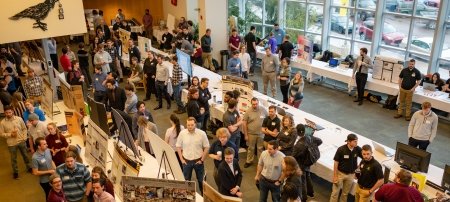
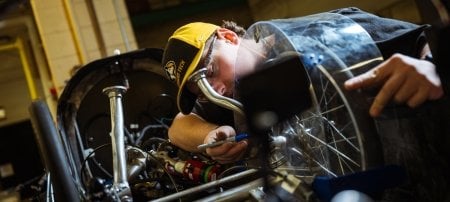
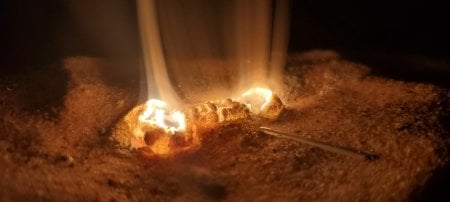
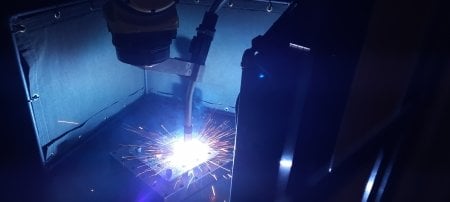
Comments